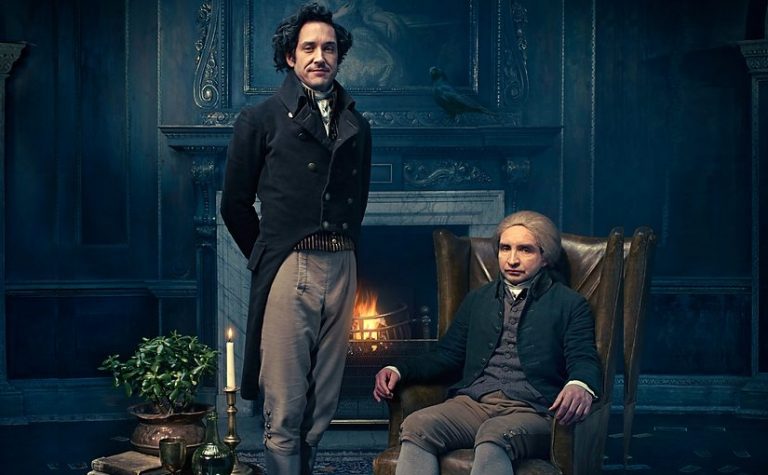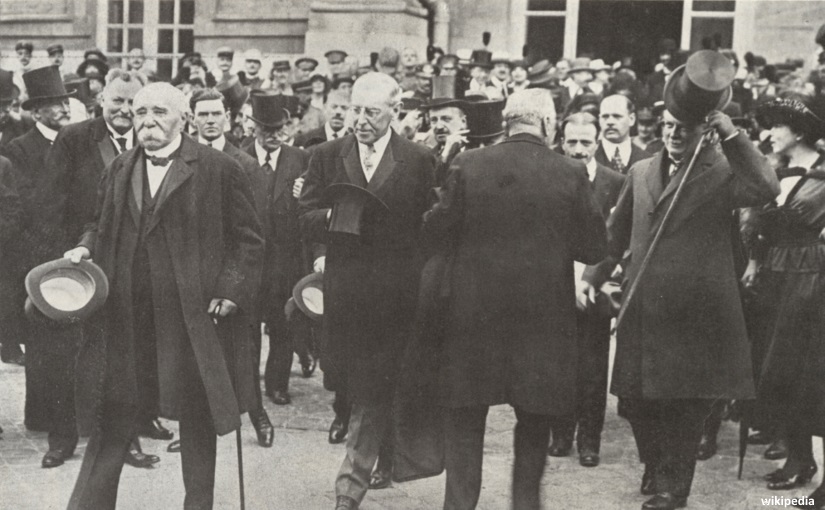The Wake & Rotherweird
The Green Man figure from the folklore of numerous cultures and religions manifests in these two glorious novels as a righteous and very english force; a saviour of tradition, a keeper of continuity.
The Wake, by Paul Kingsnorth, is the tale of Buckmaster of Holland, an ‘oxganger’ in the 11th century just as the Normans invade. Unwilling to bow to his new ‘frenc’ masters, he starts his own small resistance against them, hiding in forests and looking to make the french suffer for all the suffering they’ve caused him; burning his house, killing his wife and his sons who had gone to war with Harold.
As with True History of the Kelly Gang’ by Peter Carey, this first person narrative is written as the protagonist would write it, and in this case Kingsnorth has created a kind of pidgin Chaucerian English, softened and made up to assist the modern reader but otherwise magnificently authentic as the writing of this uneducated medieval man:
i seen that the names of the folcs of angland was part of anglisc ground like the treow and rocc the fen and hyll and i seen that when these names was tacan from the place where they had growan and cast down on other ground and when their place was tacan by names what has not growan from that ground is not of it and cannot spece its tunge then a great wrong had been done…though folcs wolde forget cwic the eald gods and the eald places the eald treows and the eald hylls these things wolde not forget.
It is, initially, a difficult book to read, as you have to parse the language as you go. Then, it sort of clicks about a quarter of the way in and you fall under its spell. Moreso than Carey’s Ned Kelly, Buckmaster speaks to us down the centuries of his thoughts and the things that happen to him in the aftermath of the invasion. Yet as terrible as the events are (the savagery of the Normans is well documented), Buckmaster himself is a small man. We are in the company of nothing more than a little englander, in a way, and the modern resonance of his hatred of the ‘ingengas’ and the supplanting of his pagan beliefs with that of Christianity is all too clear (for Christianity read Islam). He beats his wife. He’s arrogant and, I think, a coward, delusional too. It is Kingsnorth’s great triumph that he makes no concession to modern sensibilities, as indeed he shouldn’t, with the beliefs and actions of this man. My own feelings about him were partly those of revulsion, partly pity, anger, and frustration at how he proceeds with his not so merry band of brothers, a stranger in a strange land, that, not months previously, was settled and ordered and suited him greatly.
As a writer of fantasy novels, set as they are in a similar period, this book made me think long and hard about everything I’m doing. I do not have the ability, as a writer, to change what I’m doing significantly enough, and the mere admittance of this should hopefully speak well of just how important and vital this book is. If you write fantasy you have to read it. In a similar but more extreme vein to Tolkien, Kingsnorth limited himself almost exclusively to words that existed in Old English, with very rare exceptions for the sake of the novel itself, while he used only letters that existed in Old English. With these limitations at the forefront I imagine that the straitjacket served to purify the way of speaking and indeed the way of thinking of this man raised and surviving a thousand years ago. “They spoke their truth as we speak ours,” says Kingsnorth in his postscript. If I had any talent I would seek to do the same.
Rotherweird, by Andrew Caldecott, is a far less serious but quite wonderful novel that flits between 16th century England and the modern day; an enormous, complex clockwork of cause and effect, of history and secrets and players attempting to forestall catastrophy in this town that Elizabeth I had cast adrift from England, its citizens absolutely forbidden to study history, particularly Rotherweird’s history and the strange phenomena that led to the town’s founding and isolation.
While it has a lighter touch to character development than its kindred spirit Jonathan Strange & Mr. Norell, the unravelling of events has the quality and detail of a Sherlock Holmes mystery to be solved, while the characters are fabulously Dickensian, with names like Oblong, Roc, Marmion Finch and Veronal Slickstone. Add a dash of steampunk to all that and you have the first book in a very promising trilogy. I am mad to read the follow up.
————————————————————————————
The linocut of The Green Man that adorns this post is the work of Alan Rogerson. You can find this and other beautiful artwork HERE.






